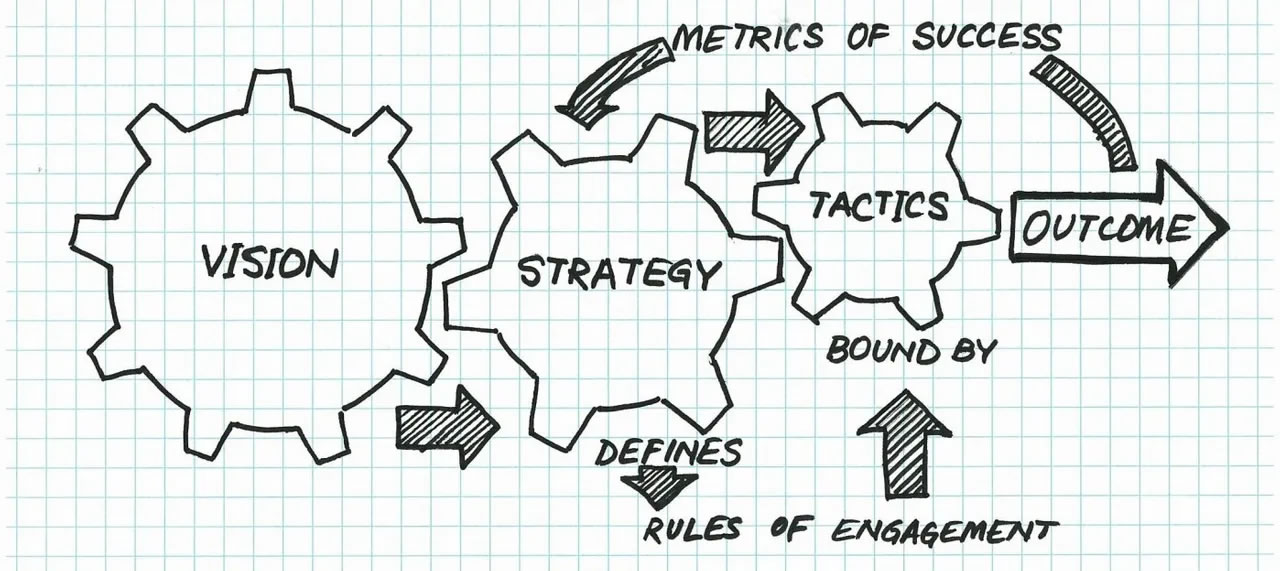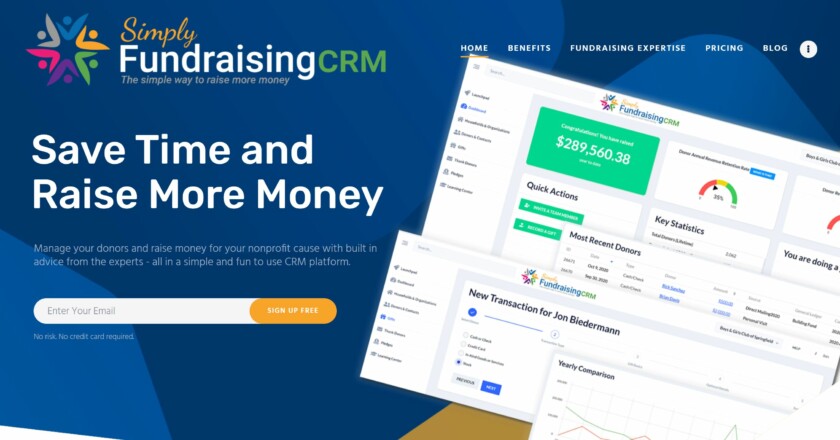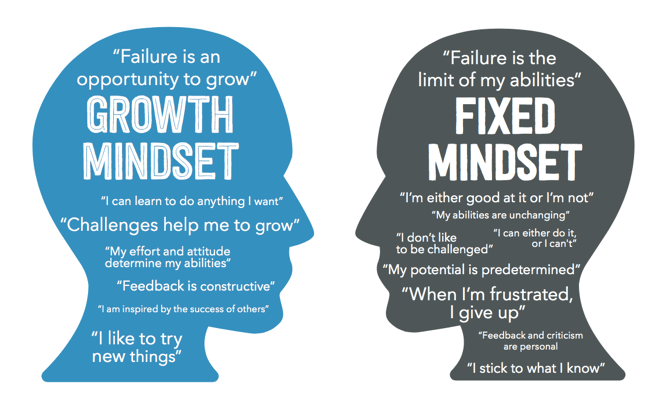What really makes up a good nonprofit strategic plan? What is the difference between strategy and tactics? And WHY does it matter?
There seems to be a lot of interest in strategic planning, especially now that the current COVID-19 crisis is forcing everyone to dust off their strategic plan and decide which parts to keep, which parts to change, and probably more important, which parts to abandon.
This post attempts to put strategic planning into an easy to understand context for people who are either new to strategic planning or might have drank too much strategic ‘kool-aid’ over their lifetimes. It’s based on my own experiences having both participated and led in developing organizational strategic plans for both businesses and nonprofits.
While the concepts and buzz-words can be intimidating, here’s what I found that has worked over my 25 year career.
A Strategic Plan Starts and Ends with a Vision
The vision statement is probably the most important part of the plan. It’s relatively simple- what is the ultimate goal or outcome that we want to achieve?
Note that it’s different from a mission statement- a vision statement is where we WANT to be. A mission statement is what we are doing NOW. If both the vision statement and the mission statement are eerily alike, then is the vision statement actually visionary? Hmmm….
A vision statement describes what are the hopes and dreams of the organization? What problem are we trying to solve for the greater good? And finally, who (or what) are we trying to change?
Make sure your organization’s vision statement is visionary and not something regurgitated to look like the mission statement. It’s that important!
Strategy – “What We Are Going to Do” and NOT “How We Are Going to do It”
The next part of a strategic plan is to define just a FEW strategies to achieve the vision. These are the plans on what the organization is going to do, but not exactly how it is going to get done.
A simple example is the following:
Imagine you are a food bank in an affluent area. The need is great, yet your research shows that residents believe there’s not a problem. It’s hard to get funding and volunteers vs. other foodbanks.
What’s the strategy to solve this problem?
Here’s an idea from a well meaning board member: “We are going to partner with the local newspaper/chamber of commerce and develop a jointly produced media segment to motivate the greater public that food insecurity is affecting more than 1 in 5 households in our community, including their neighbors and friends next door, and decrease this to 1 in 20.”
Is this a strategy? It sounds great! It’s inspirational and creative!
But….hang on…actually, it’s a brilliant tactic… IF it was supporting the greater strategy of, “Increase awareness of food insecurity in the community through private/public partnerships”.
See the difference? Strategy dictates the “what”, while tactics dictate the “how”.
If there’s too much detail in strategies, such as identifying the “how”, “who’s” and even “when’s”, then it’s likely not a strategy at all and is simple a list of tactics that needs to support the overall strategy.
Why People LOVE Tactics
In my experience, people love tactics because they are:
- Specific. It’s concrete and something they can easily understand.
- Creative. The best creative thinkers are also brilliant tacticians. While they may have trouble seeing the forest, they are laser focused on seeing the trees and are able to approach each situation as a unique opportunity to be solved.
Strategies are much more broader in scope and focus on the “What” and are able to “connect the dots” to achieve the overall vision. But once defined, strategies absolutely need specific, actionable tactics to accomplish them, because both strategies and tactics support the overall vision.
In fact, almost everything that you are currently working should be a tactic to support a strategy which achieves a vision.
But is it true?
Are You Actually Working on a Strategy???
Right now, ask yourself, “Is the Project/Task I am working on right now supporting a well defined strategy that has alignment and agreement within my organization?” If it doesn’t then either you are working on the wrong task or the strategy hasn’t been well defined.
And that matters. It matters to you, the organization, and the people you serve.
By defining the overall strategy and sharing SOME of the tactics, organizations empower their stakeholders to suggest their own tactics to support the overall strategy. This gives these stakeholders (staff, board members, donors, constituents) ownership in the outcome as they are the authors of their own work, and in my experience leads to the best outcomes for the overall organization.
What’s your strategy and how is it different from your tactics? I’ve got mine for The Biedermann Group (and much of it is already shared on this website) which I will share in an upcoming post.
-Jon




